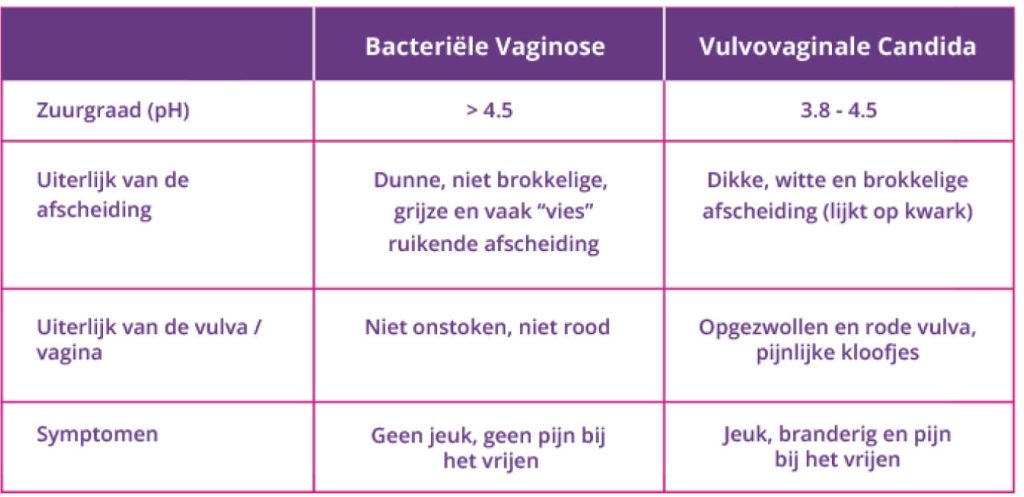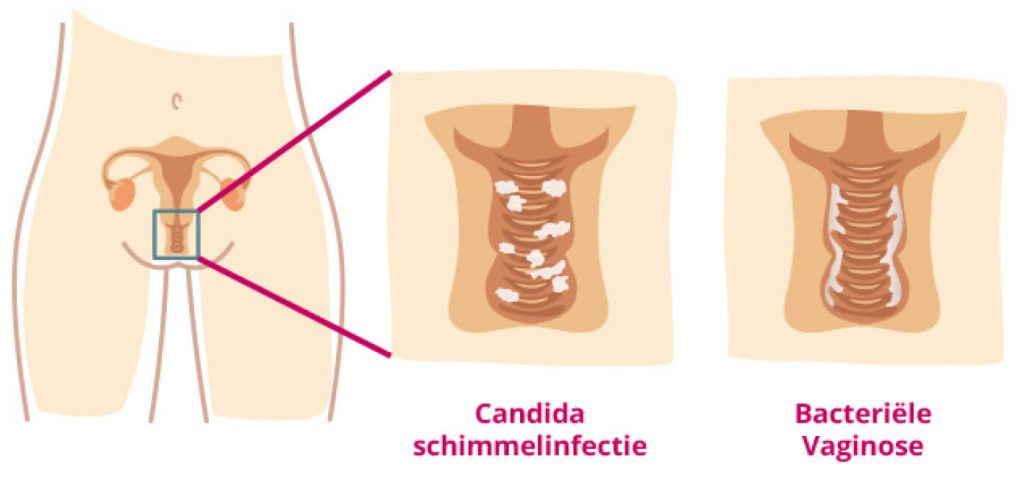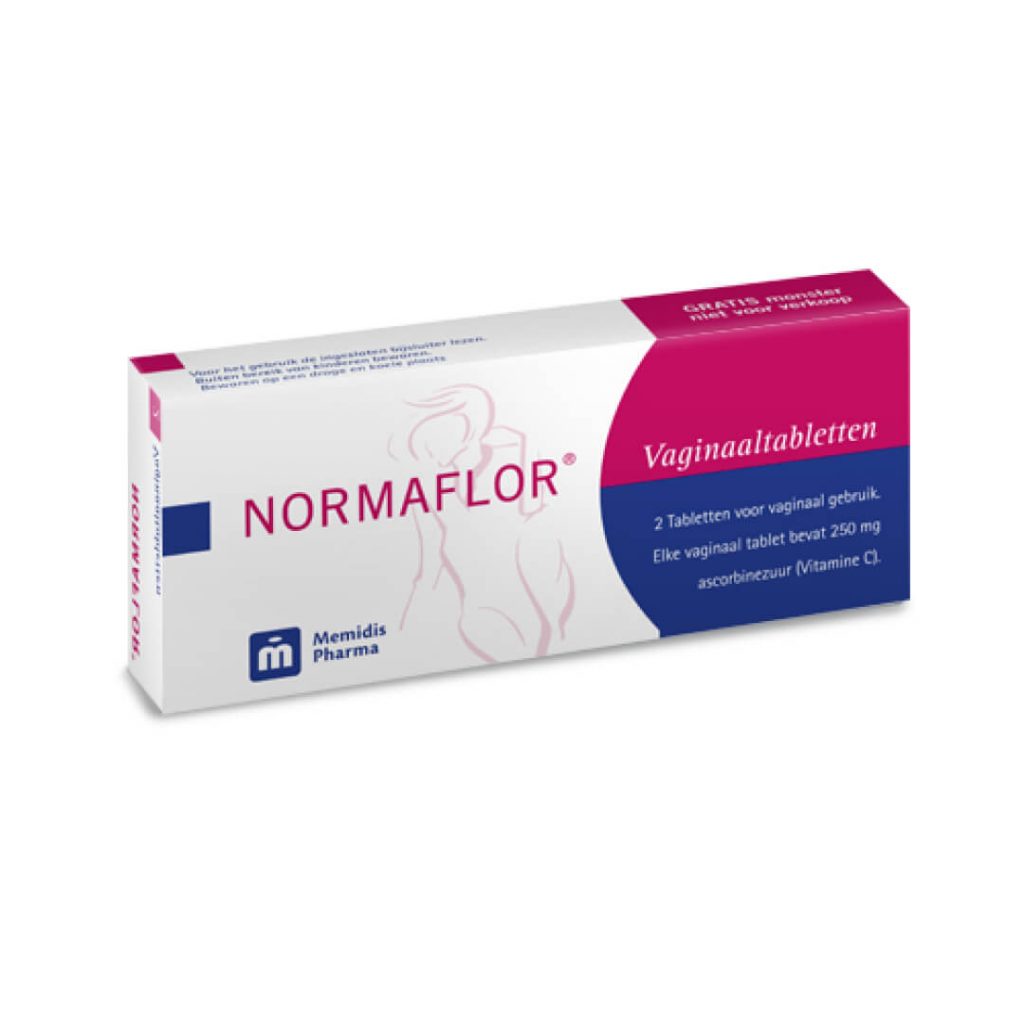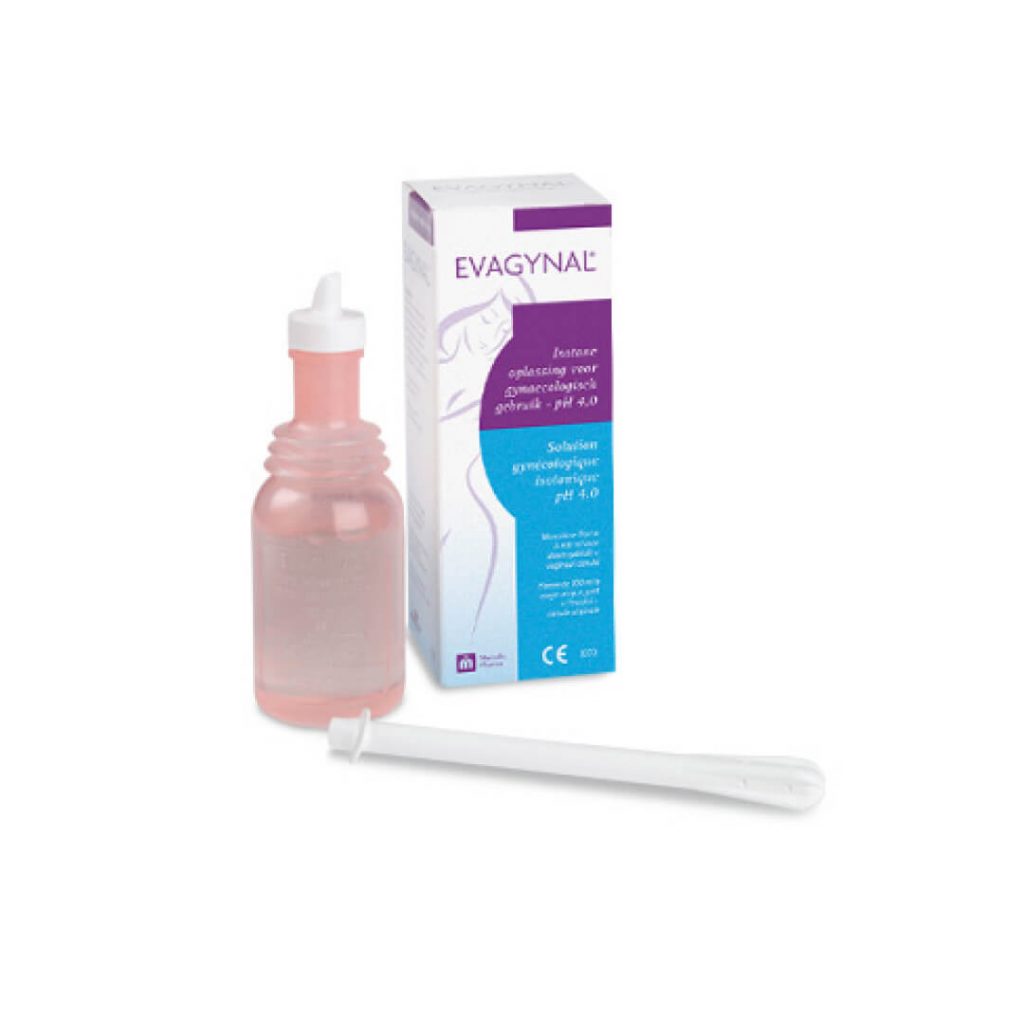Vaginal Discharge
Most women don’t openly discuss it. However, excessive discharge, unpleasant odor, itching, vaginal infection, or irritation can cause significant problems. The cause isn’t always harmless. When vaginal complaints persist or keep recurring, it’s time to address the problem thoroughly.
Normal vaginal discharge
The vaginal flora consists mainly of lactobacilli this good bacteria that keep the vaginal flora in balance. They do this by making lactic acid this ensures that the vagina is acidic. The acidity (pH) provides a good balance between the various bacteria and fungi normally present in the vagina. The acidity of the vagina provides protection from other bacteria, from the intestinal tract for example, that should not be there so they cannot cause infection.
To maintain this balance, the vaginal acidity (also expressed as pH value) is of great importance. The pH value of the vagina should be between pH 3.8 and pH 4.5 and can be easily measured at home.
The vagina is a self-cleaning organ and sometimes you lose some mucus/fluid, which we call discharge. It’s normal for discharge to come out of the vagina; this is how your vagina ensures it stays clean and healthy. Normal discharge is usually clear or white in color, though it may appear yellow when it dries (in underwear).
Throughout the month, your discharge can change, sometimes being more watery and other times thick and sticky. These changes occur especially during ovulation, due to hormonal changes.

Abnormal Discharge
Abnormal discharge can be recognized by a different texture, color and odor.
Symptoms of abnormal vaginal discharge usually occur due to one of the following causes:
An infection by bacteria such as:
- Bacterial Vaginosis
- A fungal infection such as Candida.
- Candida, a sexually transmitted infection or STI such as Chlamydia
This last condition will not be discussed further on this website.
What are the characteristics of abnormal discharge due to Bacterial Vaginosis or Candida?




